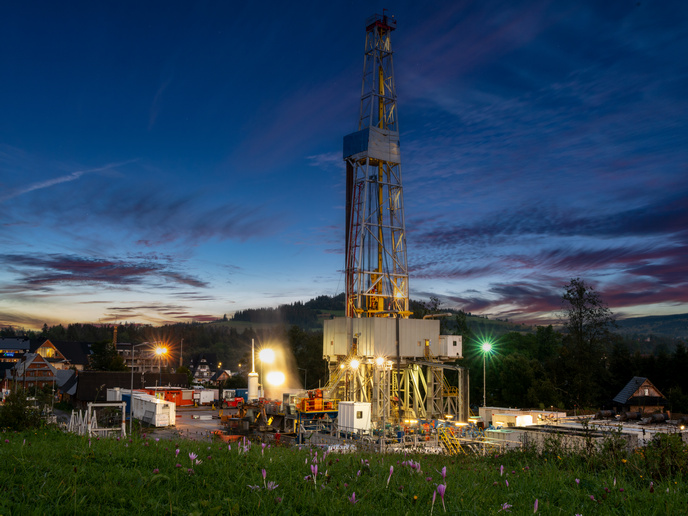Optimising the geothermal drilling process
As a dispatchable renewable source of energy (electricity and/or heat), geothermal energy has the potential to help Europe meet both its energy and its decarbonisation objectives. However, delivering on this potential requires being able to effectively access this buried energy. In the case of geothermal energy, that means drilling, which turns out is easier said than done. “Geothermal drilling is inherently risky, with unpredictable subsurface conditions leading to high rates of non-productive time, technical difficulties and significant costs, often much higher than for oil and gas,” says Shahin Jamali, head of monitoring and artificial intelligence (AI) at the Fraunhofer Research Institution for Energy Infrastructures and Geotechnologies(opens in new window). With the support of the EU-funded OptiDrill(opens in new window) project, Jamali is leading an effort to optimise the geothermal drilling process.
Addressing some of the geothermal drilling industry’s key challenges
Designed to address critical challenges in the drilling industry, OptiDrill focused on reducing operational risks, minimising non-productive time and lowering overall costs. “Our primary objectives included developing advanced machine learning algorithms for the real-time prediction and optimisation of drilling processes, and creating robust downhole sensor technologies capable of withstanding harsh drilling environments,” explains Jamali. The project also looked to integrate these solutions into a single, comprehensive advisory system that the drilling industry can utilise to enhance decision-making and drilling efficiency.
Drilling for data to feed the AI algorithms
Like any research project working with emerging technologies, OptiDrill faced its fair share of challenges. This included unexpected difficulties in accessing high-quality and standardised drilling datasets that could be used to train AI algorithms. It also included the sensors failing when first used in field-testing conditions. “Thanks to the collaborative effort among the project’s diverse international partners(opens in new window), we were able to access alternative data sources, employ more resilient sensor technologies, refine the system design, and ensure continuity despite any disruptions that came our way,” notes Jamali.
Advanced AI models and sensors help optimise the geothermal drilling process
As a result of this collaboration, the project successfully developed and validated several advanced, AI-based modules. These included models for optimising the rate of penetration, predicting real-time drilled lithology, and detecting anomalies and potential drilling issues. Another AI module was developed to optimise well enhancement procedures. When used for predicting jetting performance, this solution has been shown to significantly improve overall drilling efficiency. The project also substantially advanced durable sensor technologies capable of reliably providing high-resolution data under the most extreme conditions. “These innovations were successfully integrated and demonstrated in the OptiDrill system prototype, encapsulating the project’s goal of creating an intelligent, real-time drilling advisory platform,” adds Jamali.







